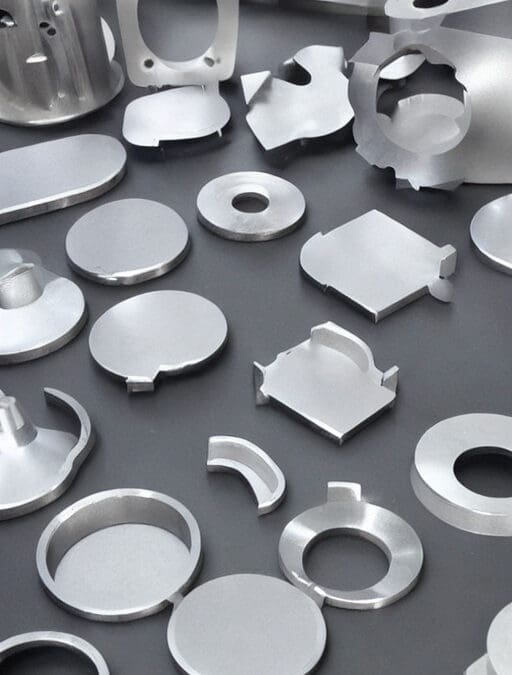Types Of Metal Additive Manufacturing
There are several different metal additive manufacturing techniques, each with its own unique set of advantages and disadvantages. The most common types include:
-
Laser-Directed Energy Deposition:
The raw material, whether in the form of wire or powder, is directed through a slender nozzle and melted by a heat source. In ADDiTEC‘s instance, we employ Wire-Laser Metal Deposition, also recognized as Laser Direct Energy Deposition (LDED). This technique involves the successive layering of weld beads as they are heated by the laser, forming a molten pool. This method is typically used for repair and restoration work and is suitable for a wide range of materials, including steel, titanium, and nickel-based alloys.
-
Liquid Metal Jetting:
This method uses standard wire materials fed into a ceramic crucible, melted, and ejected onto a heated substrate through pulsed Lorentz force. ADDiTEC‘s in-situ monitoring ensures print quality with real-time adjustments. This process eliminates the need for many 3D post-processes, reducing the time from start to part. The resulting material properties match or exceed the input material, with basic safety measures around heat and argon gas.
-
Powder Bed Fusion
This technique employs a laser to liquefy metal powders, fusing them to form the final product. It is versatile and applicable to various materials, including titanium, aluminum, and steel.
-
Binder Jetting:
In this method, a binder is utilized to bind metal powders together, subsequently fused to create the end product. Ideal for large metal parts, it accommodates a wide range of materials such as steel, titanium, and aluminum.
-
Metal Laser Sintering (MLS)
MLS, a subtype of metal additive manufacturing, selectively fuses metal powders layer by layer using a laser. This precision-driven process enables the fabrication of intricate and accurate parts with fine details.
-
Metal Sheet Lamination:
Metal Sheet Lamination, a form of metal additive manufacturing, constructs a 3D part by layering metal sheets bonded together through adhesive, welding, or other bonding methods.
-
Metal Extrusion:
This additive manufacturing type utilizes a melted metal wire or rod extruded through a nozzle to incrementally build up a 3D part layer by layer, resembling the process of Fused Deposition Modeling (FDM) with thermoplastics. Primarily employed for prototyping and low-volume production of parts like those in aerospace and automotive industries.
-
Metal FDM:
Similar to Metal Extrusion, Metal FDM utilizes a melted metal wire or rod extruded through a nozzle to build up a 3D part layer by layer. This method is preferred for prototyping and low-volume production, particularly in aerospace and automotive applications.
-
Metal Injection Molding:
Combining design flexibility from additive manufacturing with the material properties and precision of injection molding, Metal Injection Molding (MIM) involves mixing metal powder with a polymer binder, molding the mixture into the desired shape, and then sintering the part to achieve near-net-shape components. Commonly used for intricate and small parts in medical and aerospace applications.
-
Metal SLS
Metal SLS uses a laser to selectively fuse metal powders together layer by layer, akin to Selective Laser Sintering (SLS) used with thermoplastics. Primarily applied in prototyping and low-volume production for aerospace and automotive components.

